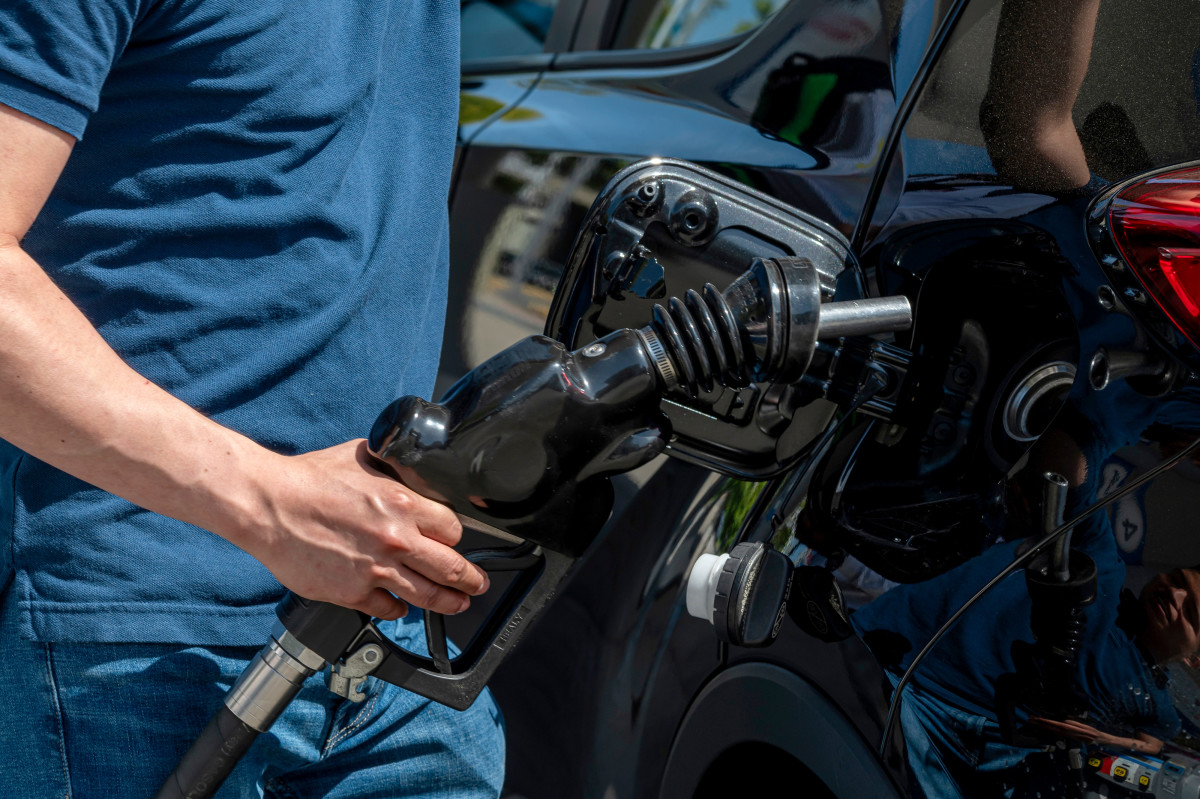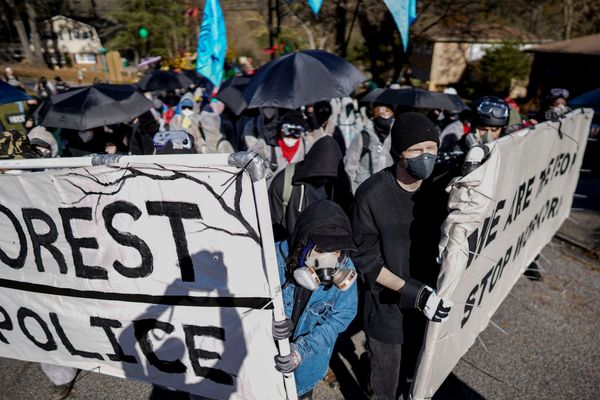
Gasoline prices fell in 2024 for a second year, making a stop to fill a gas tank not as painful as it was in, say, 2022 when pump prices topped $5 a gallon.
So, now we're in 2025, and after two years of declines, the question is: What next?
A quick primer: Gasoline prices are subject to the laws of supply and demand, so people change their driving routines when prices get too high.
Gasoline prices are also seasonal. Spring and summer are busy seasons; people travel, and gas station operators can raise prices.
💸💰 Don't miss the move: Subscribe to TheStreet's free daily newsletter 💰💸
Demand falls off in fall and winter until daffodils start to blossom.
Related: AI startup smashes funding round, signals big changes for healthcare
The Canyon station in the middle of Yellowstone National Park is among the busiest U.S. gas stations in late July. People are starting to head home or plan to drive south to the Grand Tetons and need to fill up their tanks. So they get in line and pay up.
Gasoline is a complicated product
Gasoline prices are also affected by the swap to winter-grade gasoline in the fall, which includes cheap butane, and summer-grade in the spring, which doesn't but needs other additives for environmental reasons.
Crude oil accounts for 60% to 70% of the retail price of gasoline.
However, Patrick De Haan, head of petroleum analysis at GasBuddy.com, writes in his annual fuel-price forecast for 2025 that risks could affect prices.
De Haan was among the few unsurprised by the drop in gas prices in 2024. He came out with a $3.38 estimate for the average price of gasoline in 2024. He came very close: It came in at $3.33 a gallon, with monthly prices peaking in April.
Related: 5 top-performing stock picks from iconic fund managers
In 2025, he sees the following risks to gas prices:
- Geopolitical tensions. In fact, crude oil has been rising for the past week since the Biden administration imposed more sanctions on Russia.
- The health of the global economy
- Fiscal uncertainties in the U.S. and worldwide
- An incoming president who has vowed to raise tariffs on friend and foe alike, who wants to trim environmental protections and generate more oil production, and who doesn't care for U.S. continued support for NATO.
The economic backdrop that President-elect Donald Trump will operate in starting next week is basically solid except for the higher oil prices.
Crude oil was trading above $78 per 42-gallon barrel early Monday. Brent crude, the global benchmark, was over $80. Retail gasoline prices are flat. For now.
The economy looks all right, but beware getting bushwhacked
Still, a recession is not on anyone's radar. Employment is mostly stable to growing. The most recent U.S. jobs report showed a jump in payroll employment so surprising that stocks slumped.
Consumer spending, except for lower-income families, should be decent to strong. Inflation is much lower than it was in 2022.
But, De Haan notes, "Volatility is always lurking."
Two new impediments might be:
- Whether families — either seeking to buy a home for the first time or move up — decide to accept mortgage rates at about 7% and boost home purchases. That could boost day-to-day living expenses and trim some discretionary spending and driving.
- How Los Angeles recovers from the recent wildfires affects the national economy. With a population approaching 11 million, the greater Los Angeles area is the second most populous U.S. metro area and depends mostly on autos for transport.

There have been repeated worries that refineries on the West Coast have been shut down by the fires. Not true, De Haan says. Pipelines that bring fuel to Arizona, Nevada and Utah are operating normally.
Filling a gas tank won't be quite so painful
The good news for retail consumers is they've been spending less on gasoline, perhaps as much as 17% less since retail gasoline prices nationally topped $5 a gallon in summer 2022. (Unless, of course, they've switched to an electric vehicle.)
GasBuddy estimates total U.S. spending on gasoline will be $411 billion in 2025, down from an estimated $423.1 billion in 2024 and $526.3 billion in 2022.
Small wonder that energy stocks like Exxon Mobil (XOM) and Chevron (CVX) have flopped around for the last two years.
Prices have been falling because of expanding U.S. oil production and abundant global oil supplies since 2022. Oil demand in China, Europe and elsewhere has stagnated or even fallen.
More 2025 stock market forecasts
- Stocks face correction risk as Santa Claus Rally fails to deliver
- Veteran trader who correctly picked Palantir as top stock in ‘24 reveals best stock for ‘25
- 5 quantum computing stocks investors are targeting in 2025
- Goldman Sachs picks top sectors to own in 2025
So, how do De Haan and GasBuddy see 2025? The year should average out at $3.22 a gallon nationally. January will see the lowest average price: around $3.06 gallon.
He says April will see the highest average price of $3.46. (The average could be as low as $3.24 and as high as $3.67.)
He projects $2.89 as the average for December for the year. The monthly range: $2.81 and $2.97.
As usual, California will have the highest average price of any state for the year, with the range $4.50 to $5.07. Mississippi's potential range is the lowest: $2.69 to $3.03.
For the lowest gas prices among major metro areas, look to Houston, with a range of $3.12 to $3.34. And no great surprise here: San Francisco's prices will be the highest: $5.13 to $5.82 a gallon.
Related: Veteran fund manager issues stark S&P 500 warning for 2025







